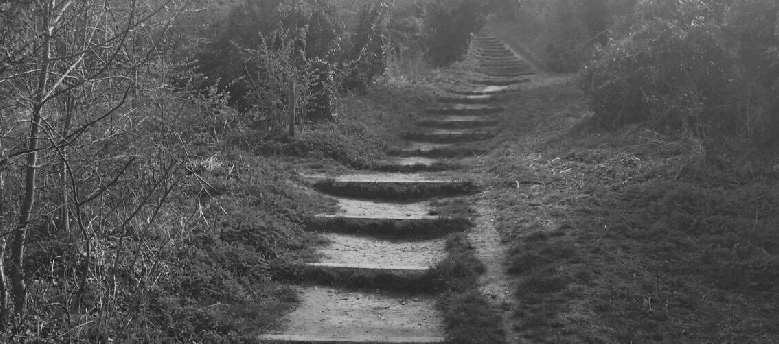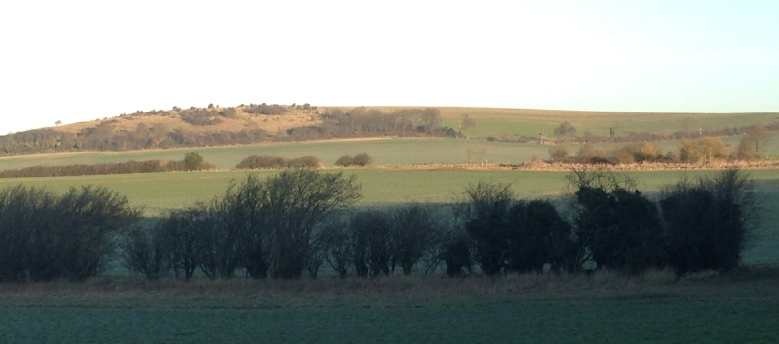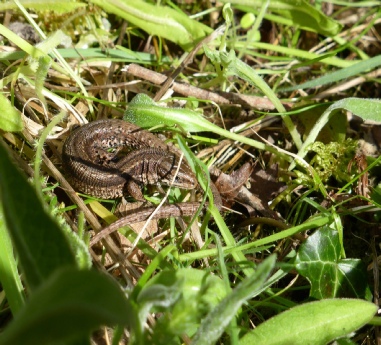



Bradgers Hill, Luton.



Wildlife Weekend - In conjunction with the Luton Astronomical Society
Evening Astronomy Event 2016
Following on from the this successful event last year we held another Evening Astronomical Event.
Kindly facilitated for us by the Luton Astronomical Society, the event was attended by approximately 30 people.
 Starting at 8pm on the top of Bradgers Hill on the common, proceedings began with observations of the sun and its sun spots (pictured), before turning to our nearest celestial neighbour, the moon.
Starting at 8pm on the top of Bradgers Hill on the common, proceedings began with observations of the sun and its sun spots (pictured), before turning to our nearest celestial neighbour, the moon.
Then as the sun set, observations of the night sky began, with our first two planets being observed low on the horizon, Mercury and Venus. Both visible at the same time through an eyepiece, they were two small bright points of light. There presence didn’t last long as they soon disappeared below the horizon.
Telescopes then became trained on the planet of Jupiter. Visible with the naked eye, the telescopes made it possible to see two distinct bands of red across its creamy white surface. Off to the side of the planet, three points of light could be seen in a straight line, these were three of Jupiter’s four moons!
Observations then moved to Mars and Saturn. Again both visible to the naked eye. The telescope brought out the red colouring of the planet Mars but it was Saturn as maybe expected, that wowed the crowd. The rings of Saturn were clearly visible through the telescopes and Titan, a moon of Saturn, was clearly visible off to one side.
 Then as the evening became late and some of the crowd moved away, attention moved to other parts of the night Sky, with a good look at the Albireo binary system. To the naked eye appearing as one star, but once viewed through a telescope, very clearly two. These two stars (one gold in colour and the other blue) are locked in an orbital dance around each other. Truly stunning to look at.
Then as the evening became late and some of the crowd moved away, attention moved to other parts of the night Sky, with a good look at the Albireo binary system. To the naked eye appearing as one star, but once viewed through a telescope, very clearly two. These two stars (one gold in colour and the other blue) are locked in an orbital dance around each other. Truly stunning to look at.
To round the evening off, those that remained were invited to wait a further few minutes to see a predicted “Iridium flare”. These are Iridium Communication satellites that provide satellite phones that can be used the world over. At particular times their huge solar panel arrays catch the suns light and if you are on the right place, that light is reflected back to earth in an intense light known as a “Flare.” Well one of these flares was predicted to be visible from Luton. We duly waited for the allotted time, and then as predicted, travelling west to east, a small point of light could be seen travelling towards and then across the constellation of Cassiopeia. This small point of light, exactly as predicted, became steadily brighter and brighter, until it was the brightest “star” in the night sky before fading to a faint point of light and continuing its journey. The flare lasted some ten seconds and was a wonderful way to finish the evening off, which concluded at 11pm..
More detailed information about the evenings observations can be found in the PDF information sheet kindly prepared for us by the Luton Astronomical Society. You can download the sheet here.


